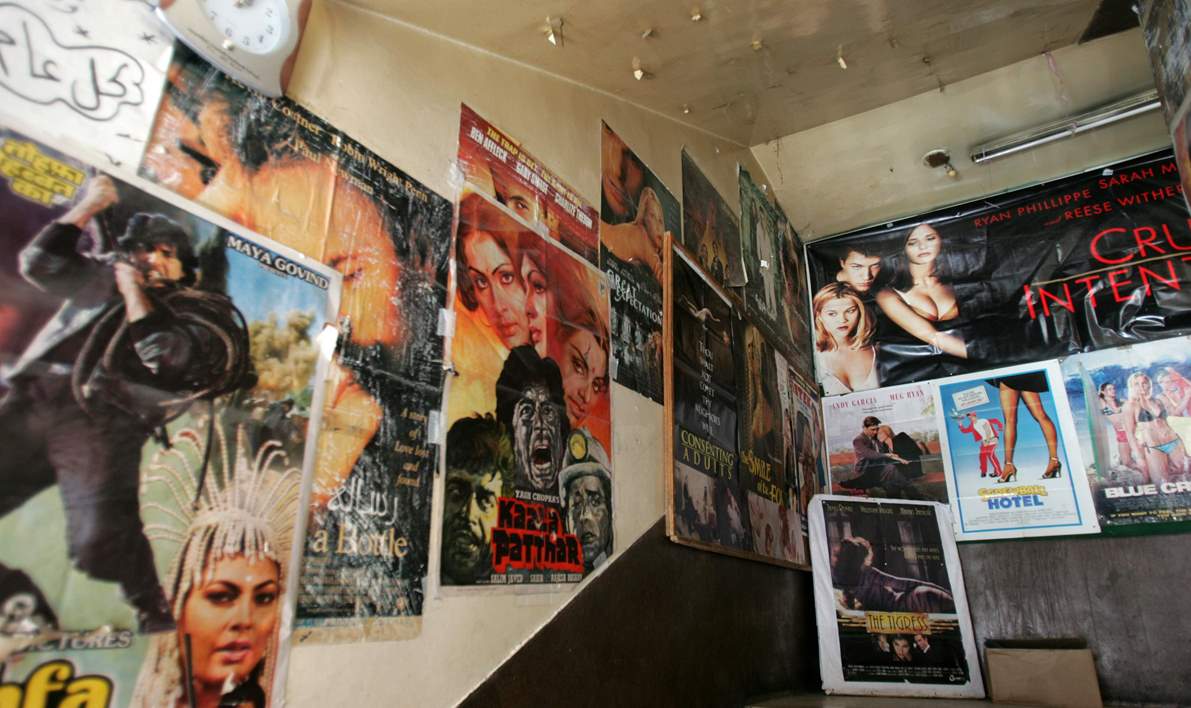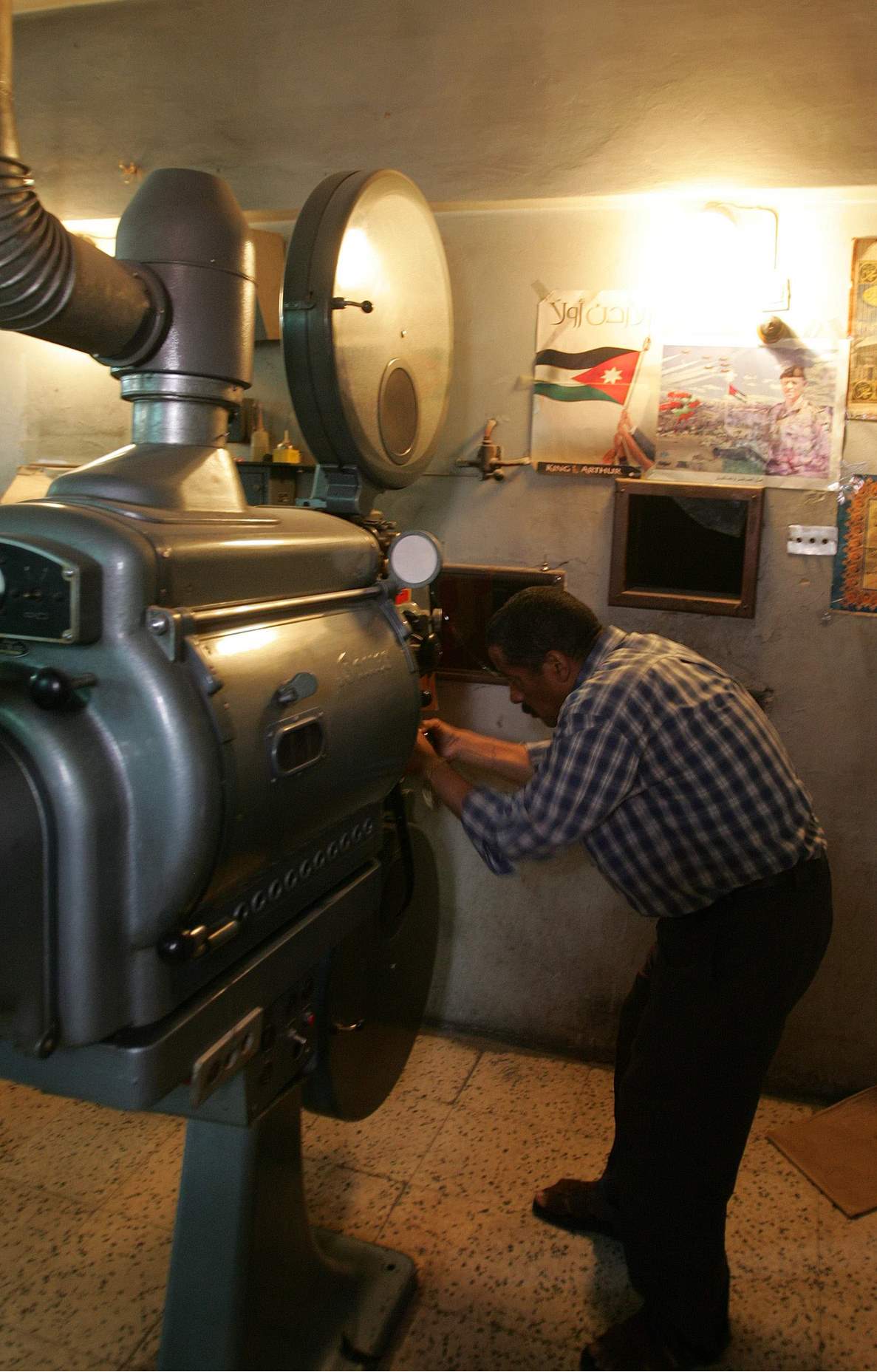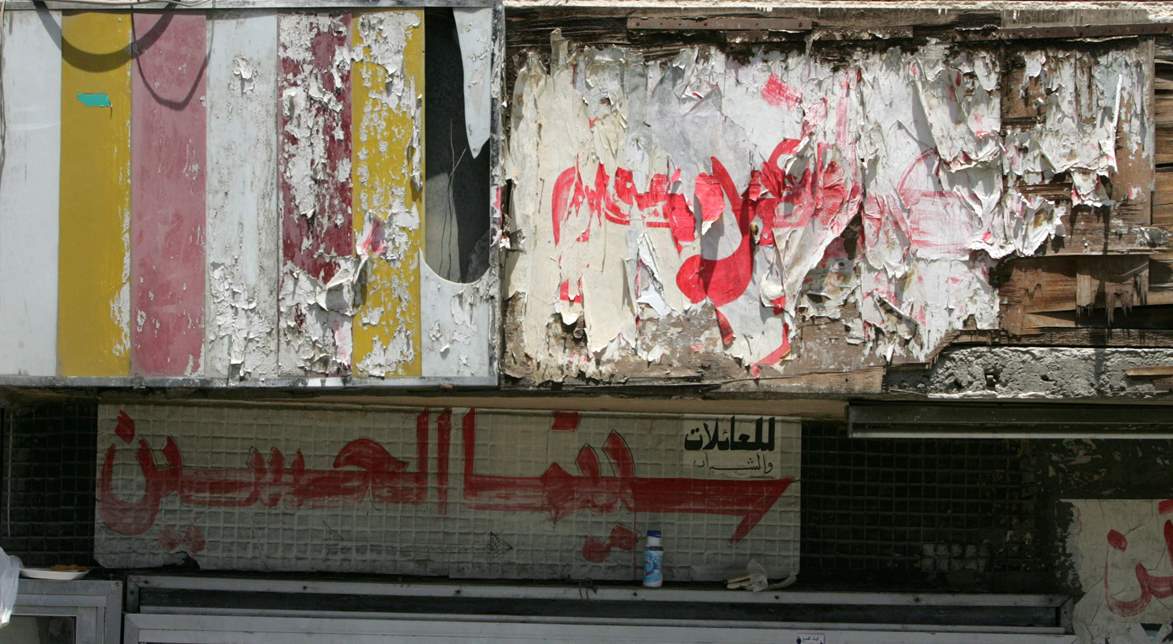From the 1940s till 1980s, cinemas played a major
role in shaping the cultural, social, and architectural identities of Amman.
But
these
architectural icons have been withering since then, and these days, they
have become abandoned and forgotten.
اضافة اعلان
Amman was a village before it became the capital of Jordan more than a century
ago. In a matter of decades, that village saw public buildings erected in its
midst, which were constructed to reflect the intellectual, social, political,
and economic nature of its urban transition.
 (Photos: Nayrouz Ali/Jordan News)
(Photos: Nayrouz Ali/Jordan News)
In addition to governmental buildings, several cinemas and theater houses were
built-in Amman, becoming the city’s main attractions as well as its residents’
main source of entertainment.
Most of these cinemas were in the downtown district and the surrounding hills. One
of these buildings, Al Hussein Cinema, is considered by many a masterpiece and
a modern, architectural icon.
Located on King Ghazi Street, a vibrant street in
downtown Amman, Al Hussein
Cinema was built in 1959 by Egyptian modernist architect Sayed Karim.
 (Photos: Nayrouz Ali/Jordan News)
(Photos: Nayrouz Ali/Jordan News)
The architect succeeded in creating a structure
that blended perfectly with its surroundings and expressed the identity of the area,
all the while embodying the soul of that era and keeping up with the
international architectural style of the ‘50s.
The structure expresses both modernism and brutalism, using minimalistic forms
and shapes and honest materials such as reinforced concrete, horizontal glass windows,
and vertical louvers verticality. This creates an interesting dialogue between
the different geometrical patterns.
 (Photos: Nayrouz Ali/Jordan News)
(Photos: Nayrouz Ali/Jordan News)
The design is dynamic and asymmetrical, introducing the viewer to new
experiences. The façades use different colors and materials, with the
outstanding vertical layered corner painted with a light blue color and marked
with “AL HUSSEIN.”
The simple plan consists of two floors — the cinema hall and seats. The
main entrance faces King Ghazi Street, welcoming visitors with a yellow and
blue patterned ceramic.
The cinema’s program used to be published in official newspapers that drew a
diverse audience from different social backgrounds and age groups. Tickets were
affordable, ranging between 30 and 50 piasters each.
Mohammad Awad, a 58-year-old Amman resident who was a regular visitor of the
cinema, describes it as “luxurious” and remembers that the first film it
displayed was “20,000 Leagues Under the Seas”.
He recalls the queues of various people waiting to be let in.
“If anything, this gives you an idea about the level
of art appreciation Amman’s residents had (for the cinema) at that time,” said
Awad.
The cinema is not only an architectural masterpiece, but also reflects a
collective memory of cultural and social life in Amman, making it a crucial
part of the city’s cultural heritage that must be protected.
Read more Lifestyle

